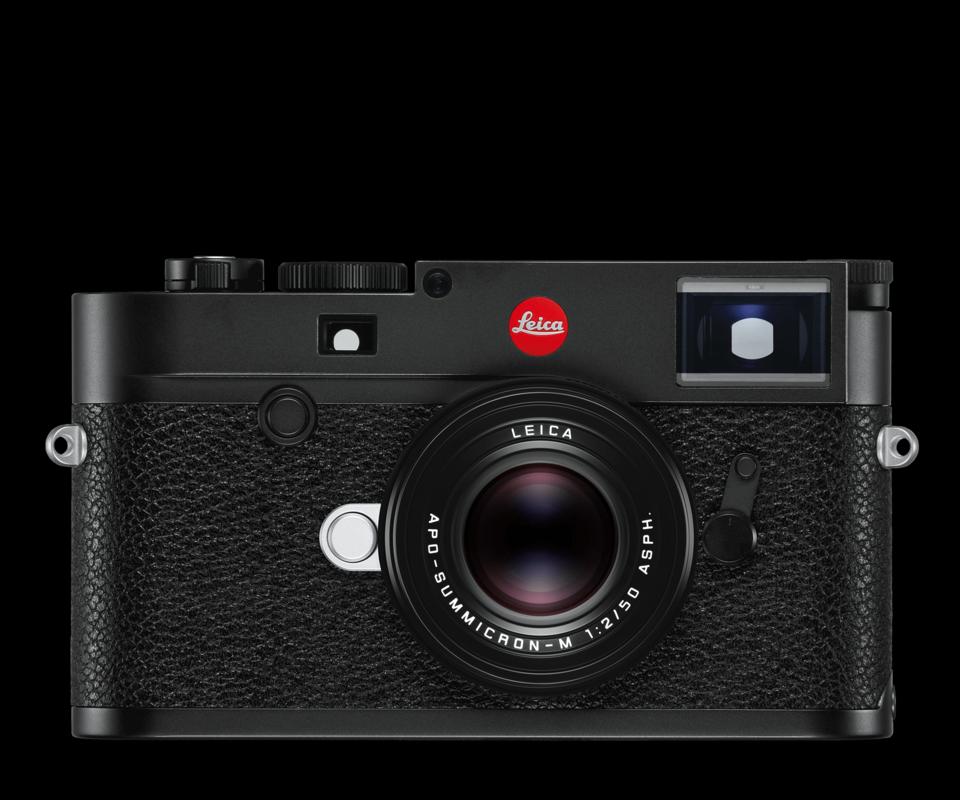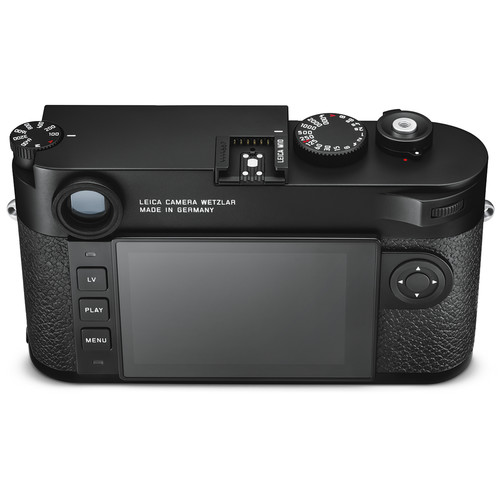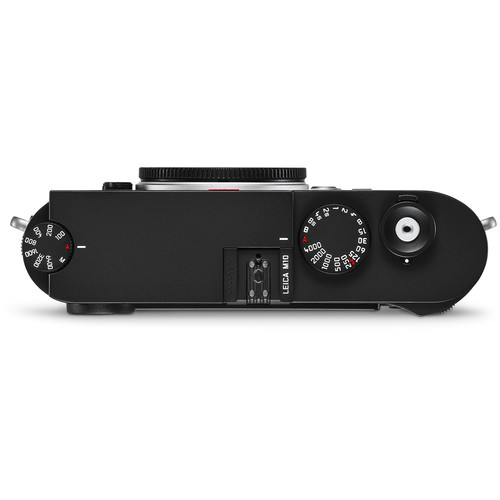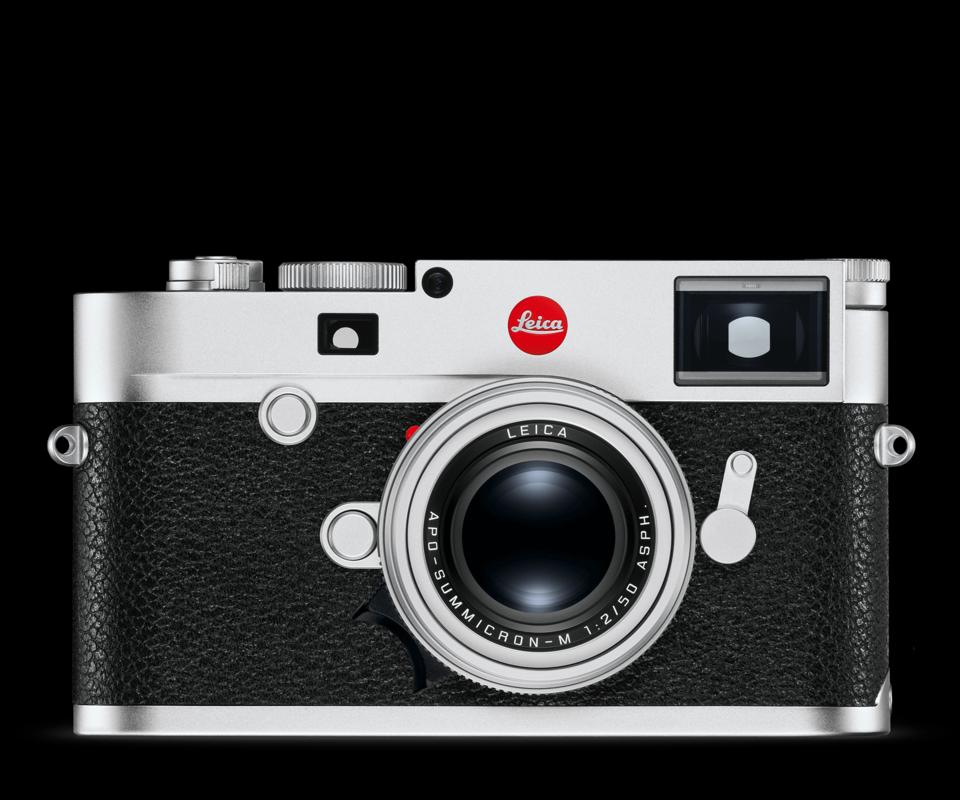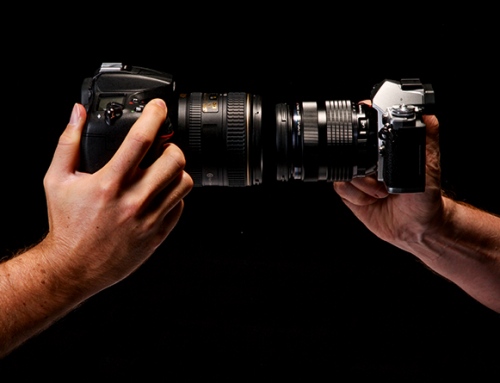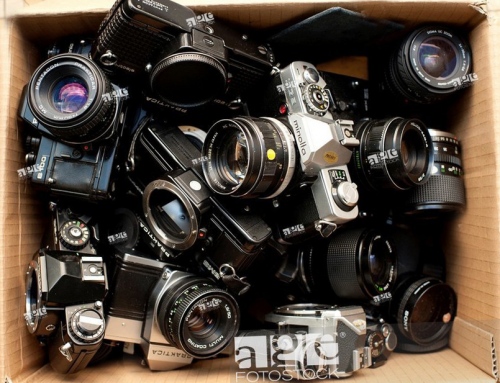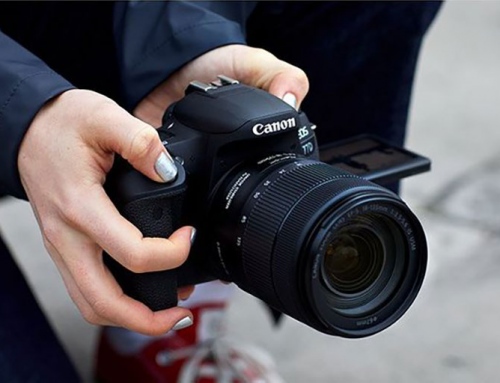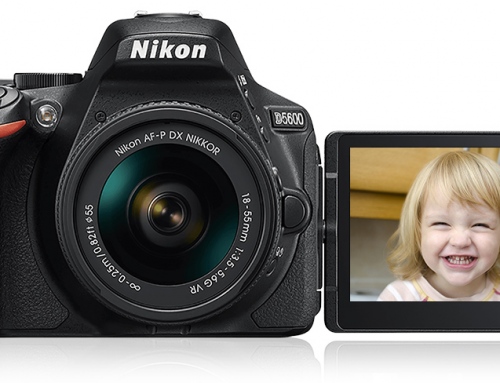Leica, the relatively small German company, has been known to be unconventional. With different body designs, specs, menu systems and price tags, a Leica release always demanded attention.
Beginning from the M9’s raging success to the controversial M Typ 260 and the Monochrom, Leica experimented and kept coming closer to the perfect rangefinder mark. Let us see if the new Leica M10 rises up to the expectations and finally gives us the expensive but exceptional Leica M we’ve always wanted.
Body Design and Controls
As always, the new Leica M10 is a gorgeous piece of equipment. Classy, minimalist and compact – the M10 is what the tagline of Leica stands for – Das Wesentliche – the essentials.
Slimmer by about 4 mm compared to the Typ 240, the M10 feels compact and dense, thanks to the three dimensional design of the camera, rather than the usual stacking up of electronics behind one another. The only downside is the compulsory use of a smaller battery too, which gives only around 400 shots.
The camera is comfortable to grip, although those with slippery hands may feel nervous because of the smooth body. The sort-of weather sealed body and magnesium alloy frame makes the M10 sturdy and solid.
The main new feature on the top is the ISO dial on the left. You have to pull it up to change it, and push it back down to lock it. Some may not like the extra step of pulling the dial, but it does make sure that your ISO is fixed at the value you want. The other change is that the multi-position On-Off dial of previous models is made only a simple On-Off lever.
There is also a very handy rear dial near the thumb rest, which can be used for exposure compensation or focus magnification. For other options like continuous shooting and self-timer you will have to go into the menu.
At the back is the simple 3-button system with a 1 million pixel LCD and a 4-way selector. Keeping in the spirit of distilling the interface to the Essentials, six buttons on the rear of the camera has been reduced to just three: Live View, Play and Menu. The buttons, flanking the left side of the LCD panel, are larger and easier to operate.
The LCD is a big improvement over previous models and offers better colors and contrast. The viewing angles are great and the screen can be seen from odd angles even in bright outdoor lighting. The screen is also protected by a layer of Gorilla Glass, which helps in avoiding scratches and cracks.
Viewfinder, Frame lines and the Better Menu
And then there’s the upgraded viewfinder. Compared to the Typ 240, the magnification has been increased to 0.73x and the eye-relief has been increased by 50%, which is great for anyone who wears glasses. The filed of view has also been increased by 30%, which makes this viewfinder one of the best I’ve ever seen in a compact digital camera.
The newly developed shutter – adapted to match the slimmer body – also has less of a kick to it and does not attract much attention.
Leica has experimented a lot with framelines and tweaked the distance from 0.2 m to 7 m. Thankfully, the popular 2 m distance has been brought back for the Leica M10. The bright framelines, which are LED illuminated like the M240, are projected at a distance of 2m, and offer the classic 28/90, 35/135 and 50/75 frameline pairs. Absent from the M240, the three-position frameline preview lever makes its reappearance on the front of the M10, under the viewfinder window.
The dedicated ISO dial takes care of the need for an ISO button, and the ‘Menu’ button now works overtime. On first press it brings up a slimmed-down ‘Favorites’ menu, which only contains your most often-changed functions, and on a second press it activates the full menu. During playback, the Menu button will give you further options like image rating and deleting.
The customizable Favorites menu is excellent to use, and gives you quick access to almost all the things you’ll need. For more specific options, there is no other way but to go into the Menu. But hey, simplicity and minimalism is what you got a Leica for in the first place!
The entire Menu and Display system has been modified in the M10. It is flat and basic, which is actually refreshing and easy to use. The Info screen has lots of information like the battery life, storage left, file format, metering mode (with Spot and Multi-field being unlocked in Live View), exposure compensation, Wi-Fi, GPS and the other exposure settings. The quick and intuitive Live View system combined with retro dials makes the camera an excellent blend of digital tech and old-fashioned film cameras.
Sensor and Image Quality
The Leica M10 has the supposedly new full-frame 24 Megapixel sensor found in the M 240, SL and Q. Also, there is no low pass filter. If it is truly newly developed or not is a matter for lab experts. But in short, the sensor performs like never before.
The usual center-weighted metering of the rangefinder camera has a slight tendency to underexpose, but that is a good thing, because the Leica M10 is simply amazing with shadow detail. You can mess up the exposure and get a pitch black image. But you can also be sure that you will be able to retain at least 3 stops of light from the shadows easily.
If you are careful with your highlights and can keep the ISO at or below 6400, you will be awarded with an image with huge dynamic range and lots of color. There is no hint of banding in the shadows until 3200, and even then if the exposure is not very wrong, you can go up to 6400. Noise is very well controlled and the grain pattern becomes noticeable only after 6400.
With a speed of 5 fps and a 2 GB buffer, the camera can record up to 30-40 DNGs at full burst rate until slowing down to 2fps. Even when the buffer is filled, you only have to wait for 8-9 seconds before the camera is ready to shoot again.
Before I forget like many Leica users, there is no video mode on the M10. Leica listens to its customers, and they told that they did not use the video mode anyway. So, if you want to spend $6000 on this camera, know what you are getting into.
Conclusion: Leica M10
A Leica is always expensive, and at first glance, does not seem to offer much in terms of power and technology. But that is the point of owning a Leica. You buy into the simple and pure experience of using a camera and paying attention to the photos, not the settings. This trend is carried forward greatly by the Leica M10.
With just 3 controls on top and a 3 buttons at the back and a small dial, the 24 MP rangefinder feels minimalist. The dials and the big viewfinder are a joy to use, and so is the basic and efficient Live View mode. With great image quality and amazing dynamic range, the Leica M10 is perfect for anyone with a big enough budget, looking to get a sleek and pure retro camera with the essential modern features, except video.

